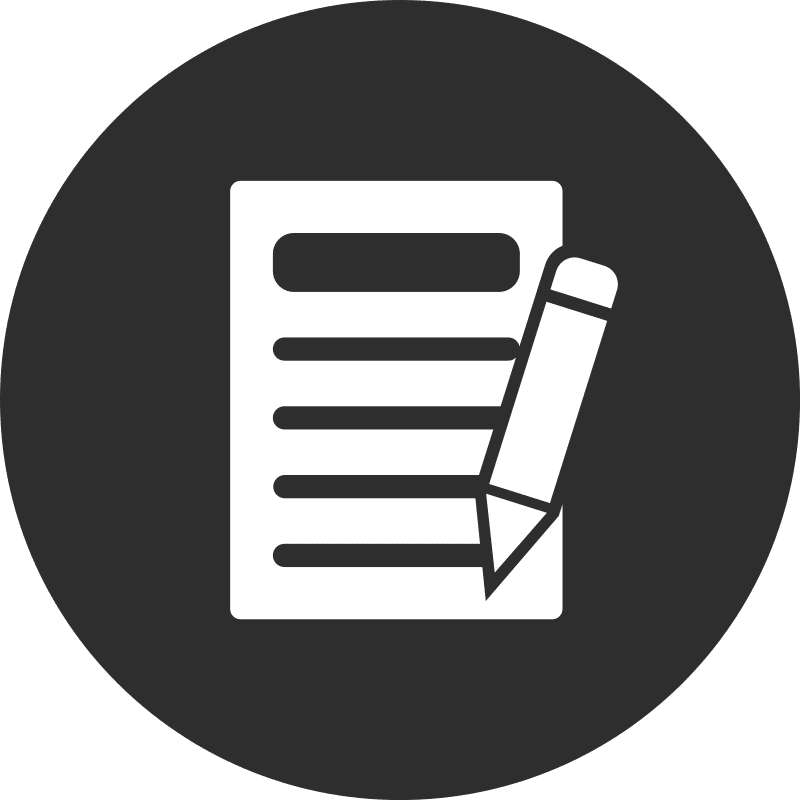Once just a buzzword, AI has now revolutionized the way employees tackle tasks and enhance productivity.
The Rise of AI at Work
According to our 2024 Consumer Trends Tracker Report, one in three consumers now use AI chatbots like ChatGPT. These tools, from content creation to virtual assistance, are elevating human capabilities and reshaping our work environment.
Download Now: The State of U.S. Consumer Trends
Trust in AI-generated content is growing, with 33% of people expressing confidence in the technology, up 27% from May 2023. Moreover, 39% of full-time U.S. employees have used AI chatbots to assist them, with 74% acknowledging the tools’ effectiveness.
“The implementation of AI in the workplace helps augment staff performance, streamline human resources operations, improve employee experience, and promote cross-team collaboration,” stated Aleksandr Ahramovich, Head of the AI/ML Center of Excellence.
A survey conducted among 1,000 U.S. employees revealed that 50% believe their jobs would benefit from AI integration. Recent Bain research indicates AI can enhance productivity by up to 41%.
“Generative AI, like previous disruptive innovations, enables humans to work faster and often better,” said Cliff Jurkiewicz, Phenom VP of global strategy, in an interview with Forbes.
Common Uses of AI in the Workplace
According to Deloitte’s April 2024 State of AI in the Enterprise report, businesses are not just using AI for process automation but also for realizing value, driving outcomes, and unleashing new opportunities. Common use cases for AI chatbots in the workplace today include:
- Content creation (blogging, messaging, emails)
- Summarizing text into key points
- Generating ideas and inspiration
- Learning new skills
- Automating time-consuming tasks
- Analyzing and reporting on data
AI helps automate repetitive tasks, freeing employees to focus on more creative and impactful work. Erik Mansur, Head of Product Marketing at Ziflow, shared with PMA, “Text-based chatbots often produce half-baked outputs, ideal for product marketers who face the ‘blinking cursor problem’ at the start of a project.”
Chris Clark, Co-Founder and CTO of Grove Collaborative, shared specific AI workflow hacks on X, while Zenlytic Founder and CTO Paul Blankley highlighted three ways he uses AI at work on LinkedIn.

Popular Generative AI Platforms
According to a March 2024 FlexOS survey, top generative AI platforms used by companies and employees include:
- ChatGPT (including DALL-E)
- Google Gemini (formerly Bard)
- Canva AI Suite
- Quillbot
- Perplexity AI
- GitHub Copilot
- Poe
- Leonardo.AI
- Grammarly AI
- Midjourney
AI Governance and Implementation
As AI becomes more prevalent in workplaces, effective governance strategies are crucial. Samyutha Reddy, Jasper AI’s Head of Enterprise Marketing, emphasizes starting with a clear strategy and standards to ensure ethical and responsible use of AI tools.
Reddy presented two approaches to AI governance:
Centralized Approach
Adopted by the large PR firm Edelman, this involves creating an internal task force to manage AI tools and centralize learning. Edelman’s AI Center of Excellence has established a robust AI policy requiring third-party indemnification and security measures for all tools used.
Decentralized Approach
In contrast, 5WPR, a smaller agency, empowers each team leader to innovate with AI tools, using a grassroots approach to trial AI technology with clients.
This approach has led to significant successes, including a 200% increase in a Black Friday promotion using an AI-powered creative testing tool.
Challenges and Risks of AI at Work
Despite AI’s benefits, it also poses challenges and risks. Deloitte’s 2024 report identifies lack of trust as a significant barrier to AI adoption. Additionally, data privacy concerns and inherent biases in AI models need to be addressed. Amit Alagh, Senior Product Marketing Manager at LexisNexis, warns about the risks of feeding proprietary information into AI tools like ChatGPT.
Employers and employees must collaborate to use AI tools ethically and responsibly, ensuring that they maximize their potential while mitigating risks.
As Deloitte’s chief analytics officer in financial services stated, “We’re in the first inning of a thousand-inning game, and there’s much to figure out.”





